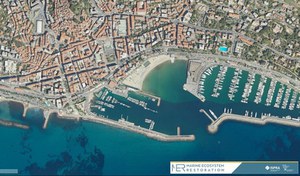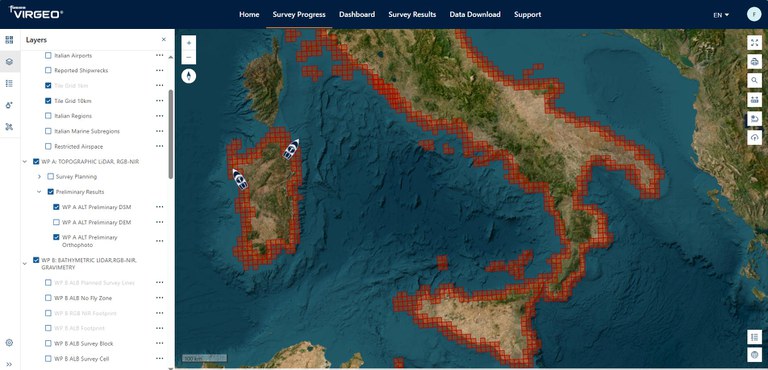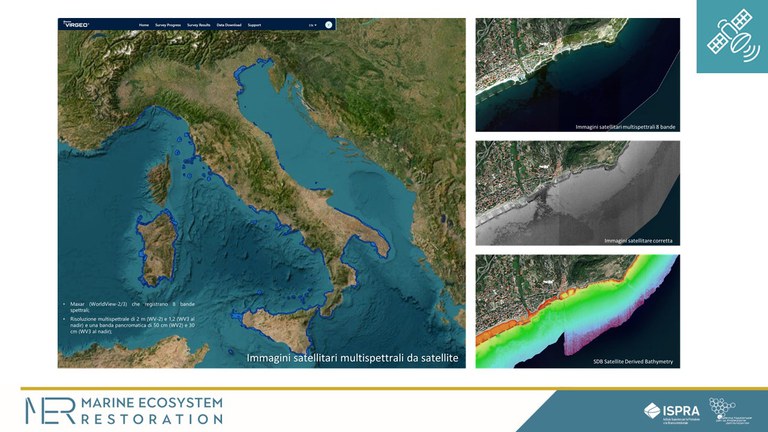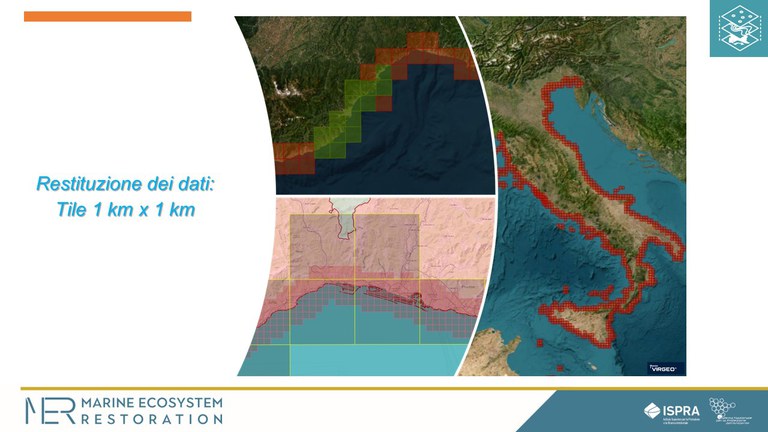First extraordinary data from the mapping of coastal habitats as part of the PNRR MER project
The first preliminary data of the PNRR MER "A16 – A18" project for the mapping of Italian coastal habitats have been acquired, available through the WebGIS Virgeo cartographic platform. The project is part of Mission 2 of the PNRR, dedicated to the "Green Revolution and ecological transition", and in particular in Investment 3.5, which aims to restore and protect the seabed and marine habitats.
The main objective is the detailed mapping of Posidonia oceanica and Cymodocea nodosa meadows, marine habitats fundamental for biodiversity. The project uses advanced technologies such as very high resolution satellite images, topographic and bathymetric LiDAR sensors, as well as autonomous vehicles (AUVs), to create a high resolution database useful for the management and protection of marine-coastal ecosystems.
Currently, the preliminary data visible on Virgeo concerns the Liguria region, where a complete dataset of satellite images was acquired from the Maxar constellation, with multispectral resolutions of 1.85 meters for the WorldView-2 satellite and 1.24 meters for the WorldView- 3. These images were processed using advanced algorithms to determine the reflectivity and map the Posidonia oceanica meadows. Furthermore, thanks to the innovative Satellite Derived Bathymetry technique, the bathymetry of the Ligurian coast was obtained

In this phase, ISPRA will be supported by a network of prestigious scientific and academic institutions, including the Navy Hydrographic Institute (IIM), the CNR-IGAG (Institute of Environmental Geology and Geoengineering), the La Sapienza University of Rome ( DICEA Department), the University of Padua (CIRGEO - Interdepartmental Research Center in Geomatics), the Polytechnic of Milan (DICA Department), the National Institute of Geophysics and Volcanology (INGV), the University of Genoa (DISTAV Department) and the University of Palermo (Department of Earth and Marine Sciences).
The Virgeo platform will also include historical data from previous seagrass mapping campaigns, as well as LiDAR surveys conducted in past programs. This will allow a complete and comparative vision of the evolution of marine habitats over time, thus supporting more effective environmental management based on long-term data.
The data collected will be fundamental for a wide range of applications, including navigation safety, coastal risk assessment, monitoring of infrastructure and archaeological assets, as well as geomorphological analysis of the seabed. This information will feed a WebGIS-Cloud-Digital Twin platform, currently in beta, which will enable real-time monitoring of mapping activities. The platform, interconnected with the national observation network, will provide crucial support for territorial and coastal management at a national level.
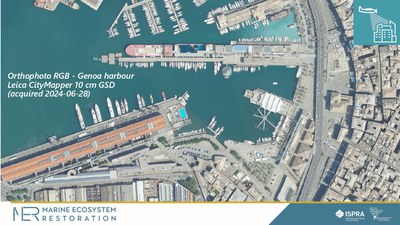
Platform: Virgeo - ISPRA

